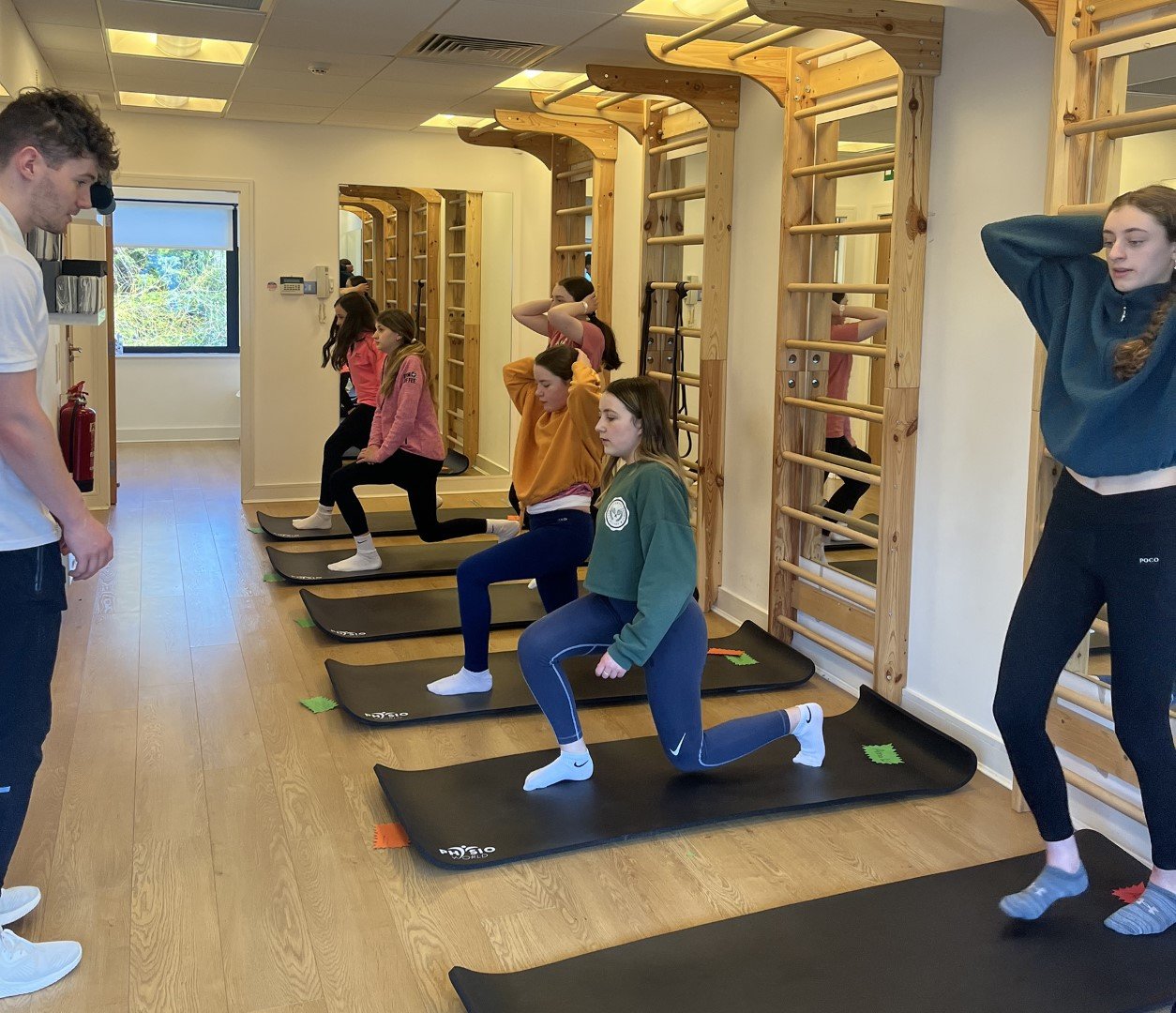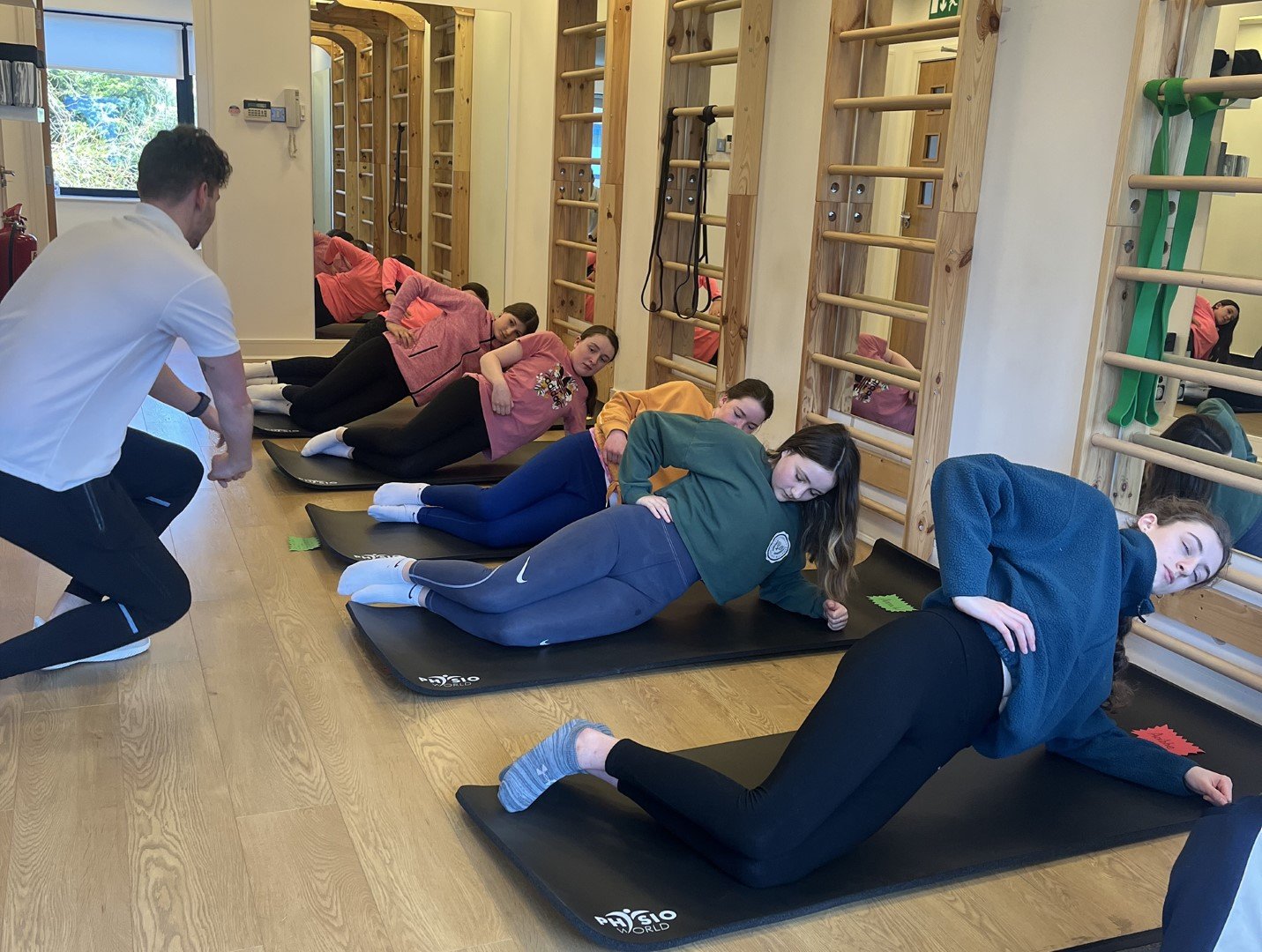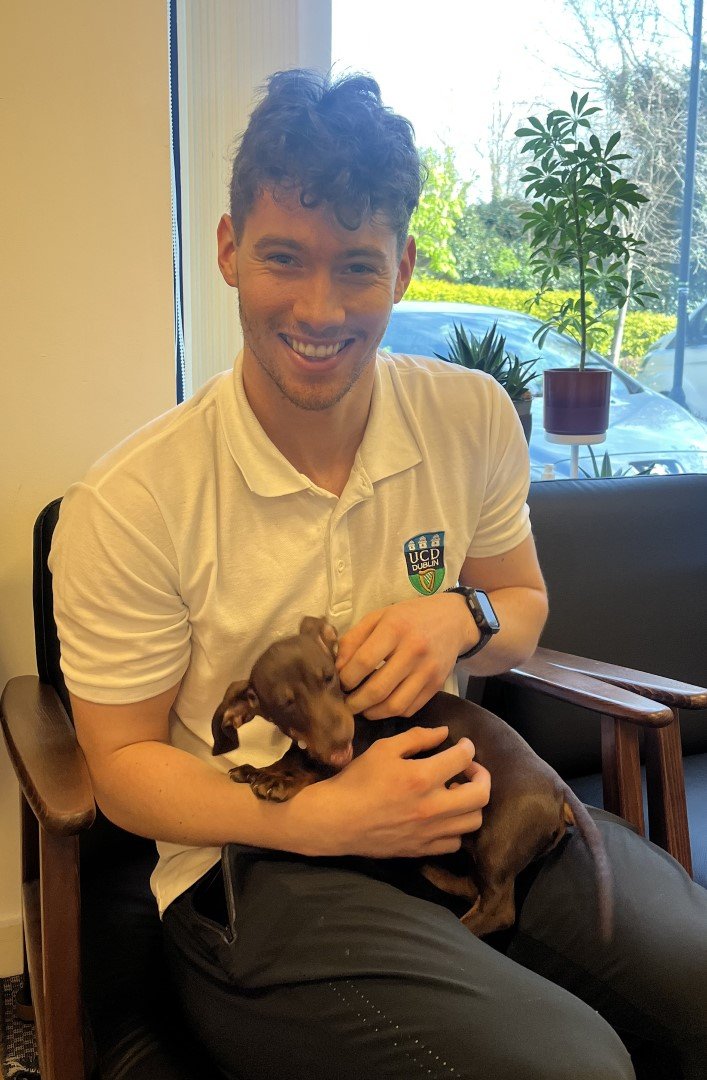Physio for Scoliosis – A UCD Student’s Perspective
24/05/2023
Why I Chose McGowan Physio
Being a second year physiotherapy student in UCD, I had the opportunity to go on an observational placement for two weeks in March. I chose McGowan Physio after getting some recommendations, and I am so delighted that I did. I have always been interested in being a physio from a young age. I find it extremely gratifying that physiotherapy can improve the quality of people’s lives and give them independence in their day-to-day living. It's not just about giving a person exercises to do at home, its is about giving advice and educating the patient and seeing the impact it could have on a person’s life in giving them confidence and motivation to help change their situation.

Being a second year physiotherapy student in UCD, I had the opportunity to go on an observational placement for two weeks in March. I chose McGowan Physio after getting some recommendations, and I am so delighted that I did. I have always been interested in being a physio from a young age. I find it extremely gratifying that physiotherapy can improve the quality of people’s lives and give them independence in their day-to-day living. It's not just about giving a person exercises to do at home, its is about giving advice and educating the patient and seeing the impact it could have on a person’s life in giving them confidence and motivation to help change their situation.

Being aware that McGowan Physio specialised in scoliosis made me anxious about starting placement because my exposure to this topic was limited. Hence, it was nerve-wracking to be in a setting that I was unfamiliar with and to observe conditions that I hadn't yet learned about in college. Thankfully, Niamh and Garett were more than happy to answer my wheel-barrow loads of questions I threw at them to try to understand more about scoliosis and the causes and effects and different treatment options. As my experience in college with scoliosis was very minimal, I would then go home and do my own research on the topic and try to learn as much as I possibly could.
Scoliosis is an abnormal lateral curvature of the spine. It is most often diagnosed in childhood or early adolescence. About 2% of the Irish population have a curve in the spine but a more severe type of scoliosis is more like 1 in 1,000.
Scoliosis can develop in infancy or early childhood. However, the primary age of onset for scoliosis is 10-15 years old, occurring equally among both genders. Females are eight times more likely to progress to a curve magnitude that requires treatment.
Some Typical Signs of Scoliosis Include:
- A visibly curved spine
- One shoulder being higher than the other
- One shoulder or hip being more prominent than the other
- Clothes not hanging properly
- A prominent ribcage
- A difference in leg lengths


In around eight out of every 10 cases, a cause for scoliosis is not found. This is known as idiopathic scoliosis. A small number of cases are caused by other medical conditions, including:
- Cerebral palsy – a condition associated with brain damage
- Muscular dystrophy – a genetic condition that causes muscle weakness
- Marfan syndrome – a disorder of the connective tissues
The type of treatment used for scoliosis is determined by the age of the patient, the level of curvature, and the anticipated growth of the condition. Treatment may not be necessary for very young children if the curvature of the spine corrects itself naturally as they get older. If treatment is needed, bracing or casting can be done with the goal of stopping the curve's development. If the infant or toddler's curve progresses in spite of bracing or casting, an operation may be needed. In older children and adults, it is unlikely that scoliosis will improve with time, and in some it may progressively worsen.
The main treatments for older children are:
- A back brace worn until they stop growing, to prevent the spine from curving further
- Surgery to correct the curvature – where the spine is straightened using rods.
In adults, treatment primarily aims to relieve any pain. Non-surgical options, such as painkillers and exercises are often tried first, with correctional surgery seen as a last resort.
Observing how both Niamh and Garett treated their patients, of all ages, was truly spectacular. Their level of knowledge on not just scoliosis, but on all the different injuries and conditions that entered the clinic, was unmatched. They handled it all with pristine professionalism, and always went above and beyond for their patients, in terms of giving them the best care they possibly could. They always made it a point to educate their patients on there conditions as much as they could, and instilled confidence in them that they should not let it limit them in their everyday life.
I am so grateful to Niamh for taking me on in her clinic for two weeks, and what I learned in those short two weeks, I will never forget, and will most definitely put it into practice when I qualify in another two short years. Niamh, Garett and all the team in McGowan’s (especially Cookie) were extremely helpful and friendly, and I cannot recommend them highly enough.
